The Caucasus - Azerbaijan - Part 3
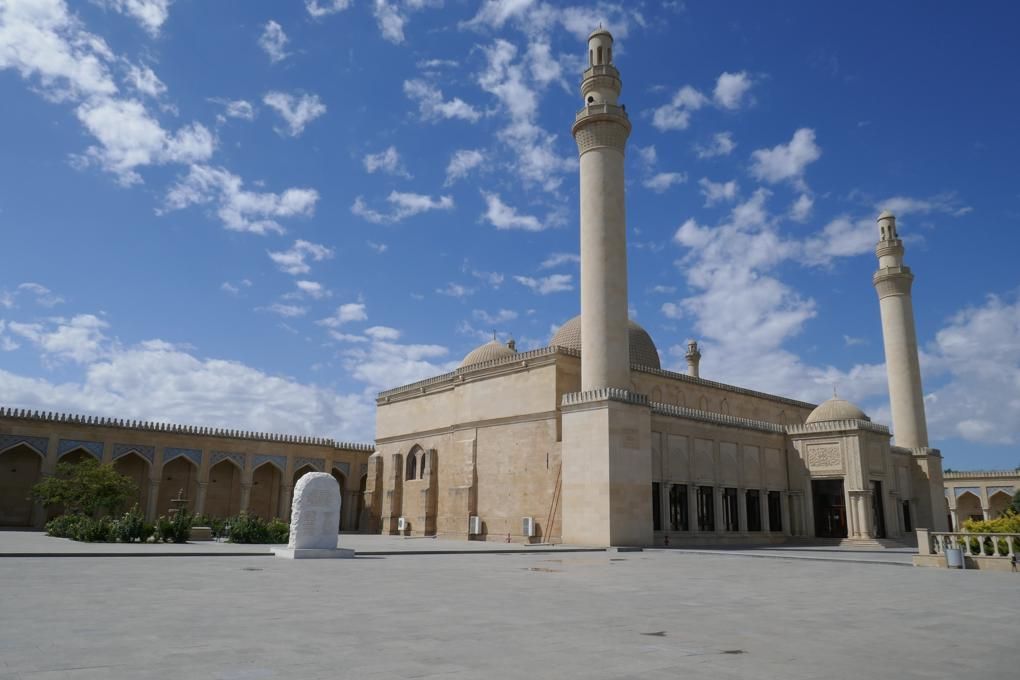
Leaving Baku, yet another cross roads on the Great Silk Road, our group of 7 followed a similar route to the camel caravans of long ago, our destination the town of Sheki.
We stopped at the Juma Mosque in Shamakhi, one of Azerbaijan’s largest and most lavish. Re-constructed in 2013, the earliest version was built way back in 743CE, making it the second oldest mosque in the Caucasus and the oldest in Azerbaijan. A gaggle of kids were delighted to have their photos taken.
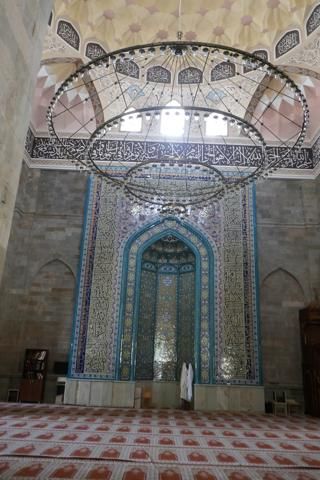
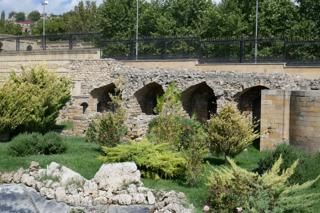
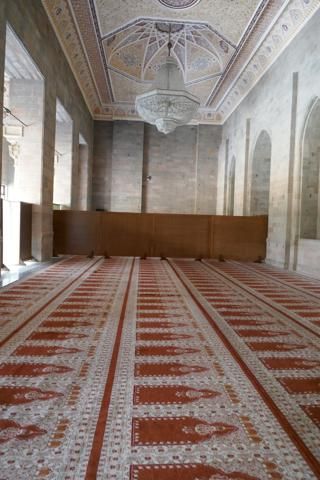
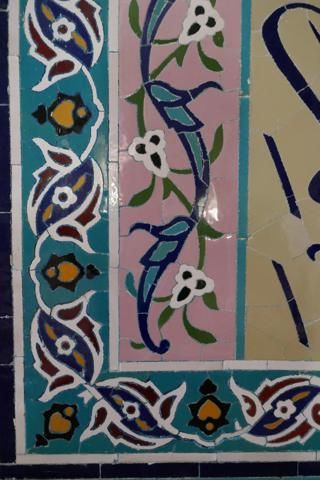
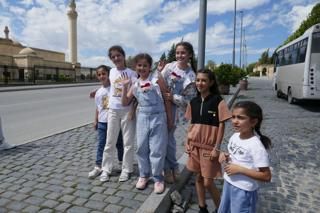
Next stop Diri Baba Mausoleum in Maraza, a 2-storied mausoleum/mosque dating from the 15th century. A modern building caught my eye - Leyla, our guide, said it was a slaughter house, where families kill an animal for celebrations. I headed over to see an animal being drained of blood.
Further along a large gathering of family and friends - we learned celebrating a young man’s achievement at university. We were welcomed with open arms - food and glasses of tea offered.
Soon we were fast friends. The men sat hesitantly - the women wanted photos and asked us to stay for the afternoon. After hugs and kisses, we had to hit the road - our destination Sheki.
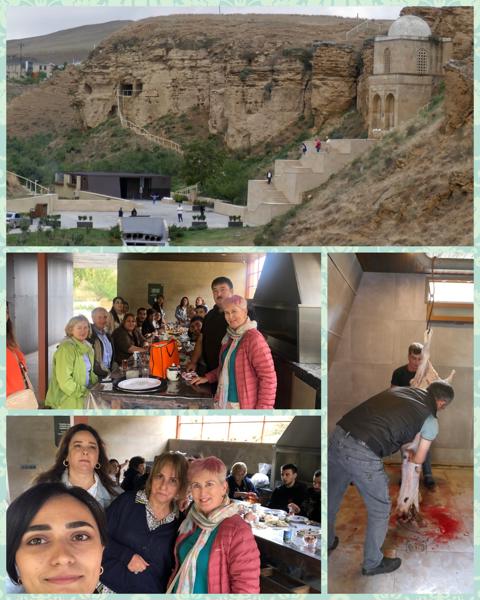
Roadworks were underway and for the next 2 hours a very bumpy drive - I’m sure the merchants on their camels on the Silk Road of yesteryear, would have been more comfortable.
Thankfully no mishaps for us, unlike the overturned truck we passed along the way. It was a relief to stop for lunch in a relaxing forest setting - little huts were scattered about used to prepare various elements of our meal.
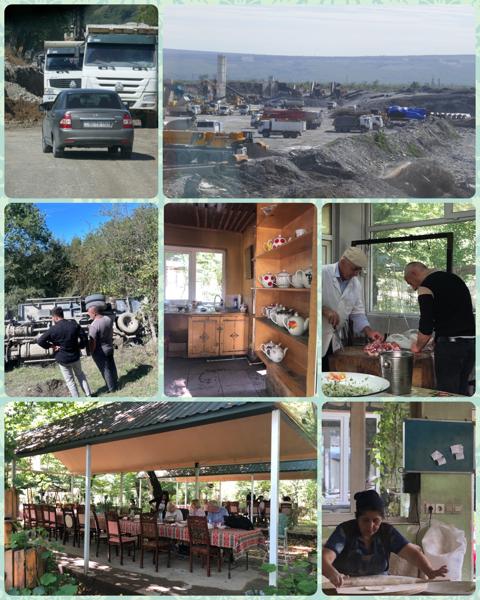
Once a whistle stop on the Great Silk Road, connecting East and West, Sheki is an attractive town, with an atmospheric caravanserai, part of which is now a hotel - featured on Joanna Lumley’s Silk Road mini series^.
Sheki is also known for its silk scarves - Leyla modelled one for us - the caravanserai, shops and street scenes.
^ A BBC production made in 2018.
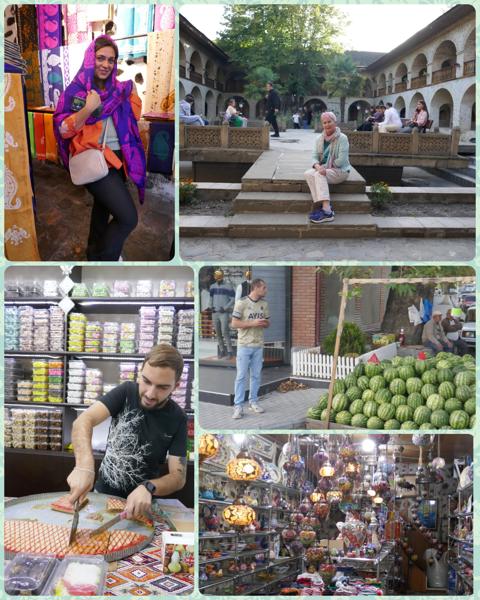
The piece de Resistance though, was the stunning Khans’ Summer Palace. Built in 1752-1762, the façade richly painted with drawings displaying scenes of hunting and war, as well as intricate geometrical and plant patterns.
The window in the centre made from multi-coloured glass mosaics (up to 5,000 glass pieces used in each square window).
There are only 6 rooms, 4 corridors and 2 mirrored balconies, but as we moved through, each more beautiful than the last.
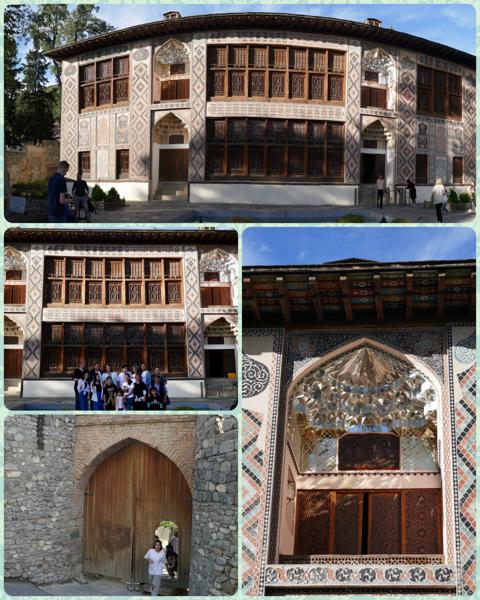
The painted scenes on the walls and ceilings are breathtaking, while the Shebeke windows are stunning - a mix of original Venetian glass at the top and at the bottom Russian glass used in the restorations.
The light filtered onto the floor in a rainbow of colours - a sight to behold, as were the highly decorated walls. Sadly no photos were allowed.
The craftsmanship of Shebeke windows is a dying art. The short video below explains the painstaking task. Also if you look closely you will see some of the exquistiely painted walls and ceilings.
A wonderful end to our time in Azerbaijan. After a night in Sheki, we crossed the land border to Georgia.
We transition now from mosques, mausoleums, minarets and madrasahs to churches, cathedrals and monasteries of the Christian countries of Gerogia and Armenia.
Look our for my posts on Georgia coming soon.
